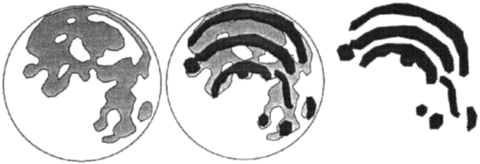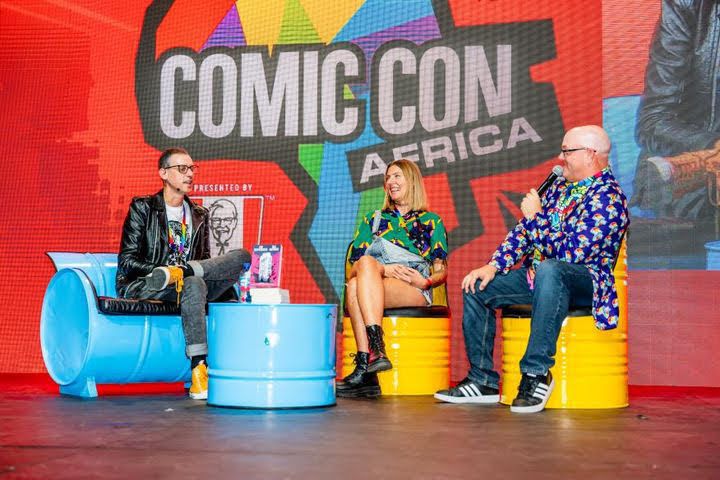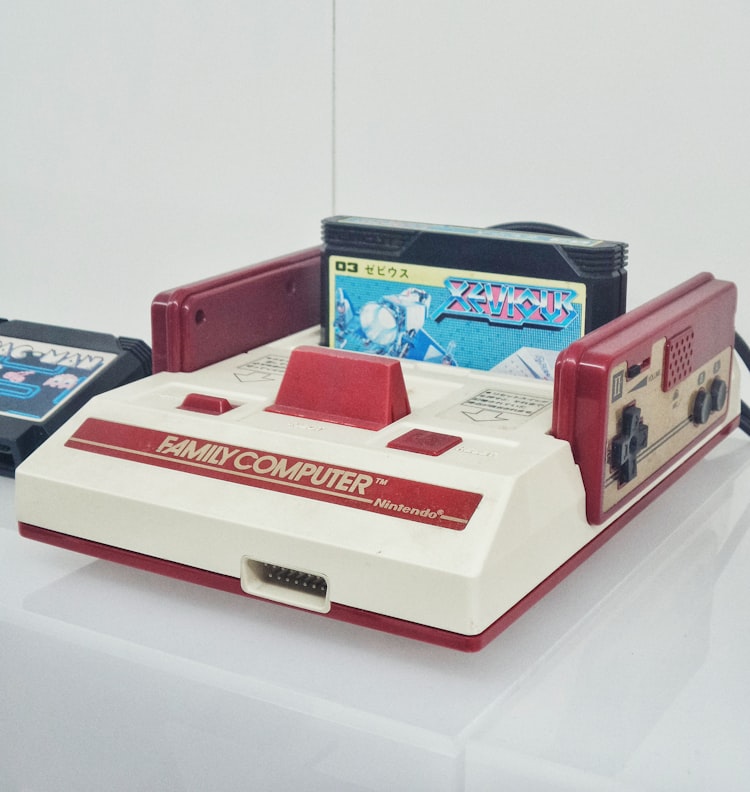On drawing the moon and confirmation bias

Let me tell you about one of the most remarkable drawings I've ever seen: these watercolour studies of the moon that Galileo made in 1609, observing the moon through his telescope.
All cultures have studied the moon, for as long as there have been people. Heck, there's even a basic lunar map carved into a cave in Knowth, Ireland that's 5,000 years old.

But the thing that makes Galileo's drawing so remarkable is that the scientific consensus in his time was that the moon was a smooth sphere. So when he sat down, and carefully recorded what he actually saw, he was letting his eyes give him a piece of new information that contradicted what he thought he knew before. The shadows told him that the moon had mountains and valleys, just like the earth. These six careful drawings revolutionized what western science knew about how the solar system works.*
Look, the dude got some stuff wrong. He thought the darker, flatter areas were bodies of water (which, incidentally, is why the place the Apollo 11 landed was called the Sea of Tranquility). But it's still a pretty remarkable feat.
I've been thinking a lot about observation recently. Partly because I've had some weird wibbly vision and light sensitivity thing going on for the past two weeks (possibly from an inner ear infection? My doctors are mystified!). And partly because the past few months of being stuck at home have given me a lot of time to slow down and just look at things, and try to actually see them.
Seeing is something that happens in your brain, not in your eyes. Your eyes are sensors that give your brain information. Putting together all those sensory signals into something that makes sense is a strange and mystical process. Because a lot of the time, your brain is imposing ideas about what you already believe onto the signals you get.
Look at this picture:

Just a collection of black and white splodges, right?
#
#
#
#
#
Until I tell you that it's a Dalmation. See it now? And the funny thing is, once you know it's a picture of a dog, you can't un-see it.
Seeing is as much about what you know, as it is about what you perceive.
One of my favourite examples of this is something called the Hollow Mask Illusion. You might know about this trick, but if not, PREPARE TO HAVE YOUR BRAIN MELTED, and watch this:
What is this sorcery?! Your eyes only see in two dimensions, and your mind infers the third dimension based on clues like lighting and movement. But faces are such important images to our brains that most of us simply CAN'T see the inside-out face.** Our brains know that they're looking at the inside of a hollow mask. They saw it spin around! But your brains is just so attached to the idea of what a face is that your brain is just like, NOPE. That's a face! It can't be hollow! I refuse to believe any information to the contrary!
Wild, right?
It's incredible how much we don't see. Because true seeing is hard work. It requires effort. Drawing or writing is one way to slow your brain down enough to actually look at something. This is why drawing has been such an important tool for science, throughout history: it forces you to slow down enough to notice how something actually is, rather than how you think it is.

There's a bigger lesson for all of us here, beyond art or science. Because this isn't only true for vision, it's true for how we relate to the world. Most of the time, you're just seeing what you expect to see.
When it comes to ideas, we call this confirmation bias: how you notice information that supports views you already have, and you don't notice information that contradicts what you already believe. It's why two people with contradicting beliefs can listen to the same debate and both walk away feeling like "their side won".
We all do this, constantly. We do this in our relationships, when we read our partner's/family members'/friend's actions as being indicative of traits we already believe they have. We do this when we read the news or talk about politics. Entrepreneurs do this when they see only information supporting the necessity of their product, and ignore all evidence that their product actually doesn't solve anyone's problem. Scientists do this when they ignore or misinterpret data based on what they hope to find (although science is better than most disciplines at building processes to actively counteract confirmation bias). Investors do this when they ignore evidence that their strategies may lose money. Bosses do this when they allow their unconscious biases around race or gender to change how they perceive the competence of their employees. We do this, in a hundred large and small ways, every day. It's just how our brains work.
But we can train ourselves to do it less, by slowing down, by trying to perceive without judging, by taking a minute to sit with the idea that the things we believe are true, might not be true. By drawing the moon, in all of it's bumpy glory, even though everything you know about the moon tells you that can't possibly be true.

So here's my challenge to you, this week: spend an hour observing something without judgement. Maybe that means drawing the moon, or a leaf, or just looking at something really closely that you've never looked at before. Maybe that means spending the week trying to see someone you live with in a different light (if you normally think of them as a lazy git, try to notice all the times they're not). Maybe that means taking a deeply-held political belief and actively seeking out (a good) opinion piece from the opposite point of view, and making a good-faith effort to understand it. Maybe it means reading a book written by someone who's had very different life experiences to you. Maybe it means taking some negative thing you believe about yourself and spending a week asking, what if the opposite's true?
Reality is often much more interesting than we can imagine.
Wishing you surprise and delight,
Your friend Sam
* Technically, some oke named Thomas Harriot observed and drew the moon's craters a few months before Galileo, but he sucked at drawing so to heck with him.
** Fun fact: some neurodivergent people actually can see a hollow face, but this is rare.
Updates from Sam-land
Friends, it's been an odd few weeks for me. I've been battling this mystery-illness which is making it tough to look at screens for very long, which makes writing hard. My mum was quite ill with what we think was probably Covid, but she's much better now, and I can't begin to tell you how relieved I am. And it's a glorious midsummer, and I've been doing a lot of cycling and walking and eating the vegetables I grew MY OWN SELF in my garden, and watching my idiot cat pounce on grasshoppers, and drawing, and reading books, and working on my novel, and people in the UK have finally got the memo about wearing masks being a good idea, and things are slowly opening up again, and it's my birthday on Wednesday, and I will be turning the extremely ripe and crusty age of thirty-three, and I'm feeling full of gratitude to this whole ridiculous universe.






Member discussion